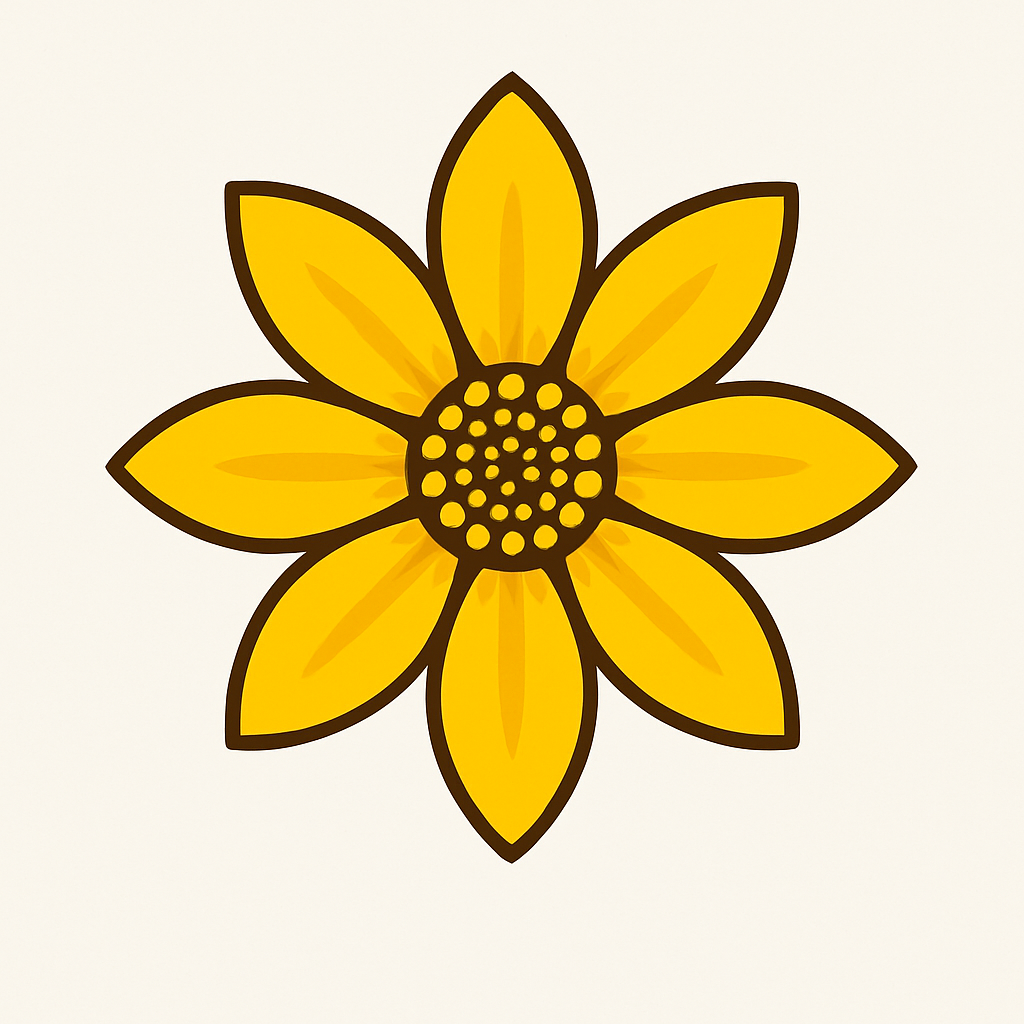Gregorian Calendar - International Calendar System
Gregorian Calendar - Advanced Ethiopian calendar and date conversion tools
Explore the international calendar system and understandwhy is Ethiopian calendar behind by 7 years. Compare different calendar standards and their historical development.
ህዳር 2018
November - December 2025
ህዳር 30, 2018
Holidays in ህዳር 2018
የብሔር ብሔረሰቦች ቀን
የኢትዮጵያ ብሔር ብሔረሰቦችን ልዩነት የሚያከብር፣ እኩል መብታቸውን የሚያረጋግጥ እና በባህልና ቋንቋ አንድነትን የሚያጠናክር በዓል ነው።
ህዳር 20
2025-11-29
Click on any date to select it
About Gregorian Calendar Online
Our Gregorian Calendar provides comprehensive Ethiopian calendar functionality directly in your browser.Explore the international calendar system and understand why the Ethiopian calendar is 7-8 years behind the Gregorian calendar. Perfect for students, professionals, and anyone needing reliable calendar information.
Key Features & Benefits
Calendar System Features
- • International calendar standard
- • Solar year based system
- • Leap years calculation
- • 12 months structure
- • 365.25 days annual cycle
Historical Development
- • Pope Gregory XIII reforms
- • Julian calendar improvements
- • Catholic countries adoption
- • Protestant countries transition
- • Modern calendar standardization
Understanding the International Calendar System
The international calendar system is based on a solar year of approximately 365.25 days, which necessitates the addition of an extra day every four years during leap years. This system was introduced by Pope Gregory XIII in 1582 to correct inaccuracies in the previousJulian calendar. The reform involved calculating the first council of nicaea dates more accurately and establishing a more precise representation of dates and times.
Historical Implementation and Global Adoption
The transition from the Julian calendar was not immediate or uniform. Initially, Catholic countriesadopted the reform in 1582, when 1582 was followed by friday October 15th, effectively removing ten daysfrom the calendar to correct accumulated errors. Protestant countries were slower to adopt the changes, with some waiting until the 18th century. The date of easter calculation was one of the primary motivations for the reform, as it had been drifting from its intended spring timing.
Modern Calendar Features and Technical Specifications
Today's international calendar system consists of 12 months with varying lengths, totaling 365 days in regular years and 366 days in leap years. The leap days are added to February, making it 29 days instead of 28. The leap year rule states that years divisible by 400 are always leap years, while years divisible by 100 (but not 400) are not leap years. This precise calculation maintains the calendar's accuracy over centuries.
International Standards and Modern Usage
Modern countries adopted the gregorian calendar at different times throughout history, creating a complex transition period that lasted centuries. Today, international standards like ISO 8601 provide consistent representation of dates and times across different systems and cultures. The ability tocalculate the date accurately across different time zones and calendar systems has become essential for global communication, business, and scientific research.
Comparison with Other Calendar Systems
While most countries adopted the gregorian calendar for civil purposes, many cultures maintain traditional calendar systems alongside the international standard. Understanding these differences is crucial for international relations, cultural sensitivity, and accurate representation of dates and times in diverse contexts. Our tools help bridge these differences by providing accurate conversion and comparison capabilities.
Other Ethiopian Calendar & Date Tools
All our Ethiopian calendar tools work without download. Provide accurate calendar conversion and date information. Perfect for users seeking reliable converter solutions. Access time zone details and local time and date displays. Support for 12-hour clock and Africa time EAT formats.
